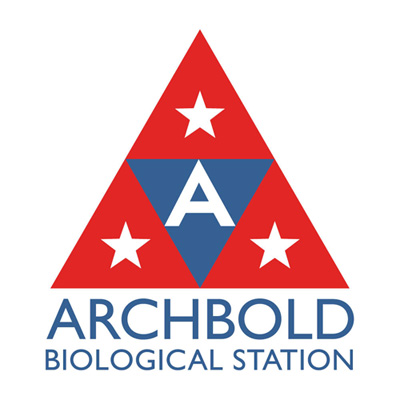Did you know that perched atop the highest point of Highlands County, Florida, there lives a well-studied colony of Gopher Tortoises? Twice a week, an Archbold biologist locates 18 adult tortoises that are part of a study on the movements and social behaviors of this threatened species. But how does she find 18 tortoises in a field the size of a baseball diamond? Keep on reading to find out!

On a hot and sunny afternoon, I rode with Becca Tucker, research assistant in Archbold’s Herpetology Program, to Red Hill, the highest point in Highlands County. After parking, Becca pulled out a notebook, a high-tech GPS, a box-shaped gadget, and a tool that looked like an old TV antenna. Once the antenna was plugged into the box gadget, the box started beeping. Becca pointed the antenna in different directions, and then walked off into the scrub. After stopping a couple of times to swing the antenna around again, we had arrived at a burrow with a Gopher Tortoise in it! How did we do this? At Archbold, we use radio telemetry.

Let me explain what each of these gadgets do. The antenna thing is really a radio antenna. Like a car antenna, it detects radio waves, and sends them to a receiver (the black box in Becca’s left hand), which plays back the radio signal. Just like a car radio, you can use this receiver to pick a specific radio frequency to listen for. But how do radio waves tell us where tortoises are? See that gadget below?

That’s a radio tag. It emits a radio signal at a specific frequency, just like a radio station. But instead of playing music, it only sends out beeps, which our antenna detects and the receiver plays back. These beeps sound loudest when the antenna is pointing exactly at the tag. This is how we know which direction the tortoise is. (See below for note on Archbold’s authorization to handle Gopher Tortoises)

Lots of biologists put radio tags on all sorts of animals to find them in a process called radio telemetry. Because each radio tag has a unique frequency, you can put tags on many animals, keep a list of these frequencies, and then go into the field searching for each tag one at a time. And so, walking around the scrub while swinging a big metal antenna, Becca and I went about finding tortoises on Red Hill.

Despite the nice weather, all but one tortoise were inside their burrows. We figured this out by being led to their burrows with telemetry, and after seeing no tortoise, pointing the antenna at the ground.

Fortunately, Becca was able to coax some shy tortoises out of their burrows to confirm their identity and take photos.

Once we pinpointed a tortoise’s location, Becca held the GPS unit directly above it and saved the location. She collected notes about the habitat, and then dialed in the next radio tag frequency.

After about two hours of listening to beeps, walking through bushes, and writing down numbers, we had located all 18 tortoises. But why go through all this effort?
“This is part of a collaborative research project between researchers at Archbold, University of Georgia, and Cornell University. We are using a variety of techniques (radio telemetry, monitoring with motion-sensor cameras, genetics analyses) to investigate the complex social lives and mating system of Gopher Tortoises. Specifically, we are trying to determine how size, age, and relatedness (i.e., kindship) affect their social interactions, such as males courting females, aggressive encounters, or burrow sharing.” -Dr. Betsie Rothermel, Director of the Archbold Herpetology Program
To learn more about Gopher Tortoises and how you can help them, you can check out
- The Florida Fish and Wildlife Conservation Commission Gopher Tortoise webpage
- The Gopher Tortoise Council website
- A video that Archbold herpetology interns made
Note: Archbold’s handling of Gopher Tortoises is authorized by a scientific collecting permit from the Florida Fish and Wildlife Conservation Commission. Great care is taken to prevent injury and minimize stress to the animals we study.
Written and photographed by Evan Barrientos- Environmental Education Intern at Archbold Biological Station.
